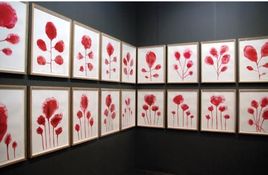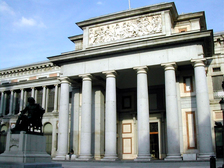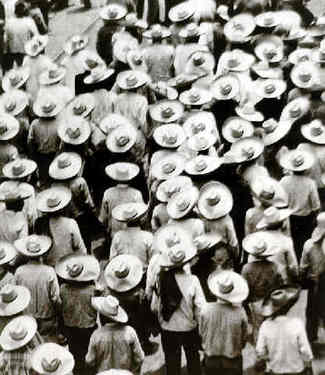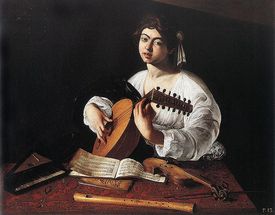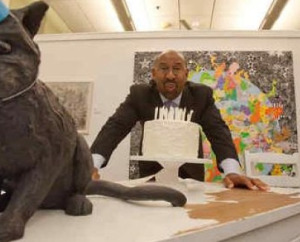 Here’s a new twist on mixing art and politics: Philadelphia’s City Hall has an art gallery. Mayor Michael A. Nutter cut the ribbon on the new space last Wednesday night.
Here’s a new twist on mixing art and politics: Philadelphia’s City Hall has an art gallery. Mayor Michael A. Nutter cut the ribbon on the new space last Wednesday night.
“The Art Gallery at City Hall” was funded by the PNC Foundation’s Arts Alive program. It’s an 800 sq. ft. space, intended to showcase homegrown art, tighten the connection between art and the public, enliven City Hall, and increase the audience for art.
At the gallery’s opening last week, Mayor Nutter said:
Philadelphia is one of the foremost creative cities in the world. This new public gallery and central office for the creative economy demonstrate the importance of arts and culture to our city, to our residents and to this Administration.
according to a blog called Politic365.com.
The first exhibit, called On the Rise, opened last Wednesday and runs through Aug. 6. It features 12 Philadelphia artists, and “is a collaboration with Center for Emerging Visual Artists, InLiquid and Philadelphia Sculptors,” Politic365 says. They include Samantha Lynch, Benjamin Volta, and Leslie Atik. The local NBC station’s website has a gallery here.
Philadelphia’s City Hall has been showing artists’ work since in its hallways since 1984, in the building’s upper floor halls. The new space is on the first floor, and that will be much better for public access.
Nutter has spoken out in favor of the arts before, and he created the Office of Arts, Culture and the Creative Economy at City Hall, which manages the art gallery. Can we get other mayors to emulate him on this score?
Photo Credit: Courtesy Politic365

